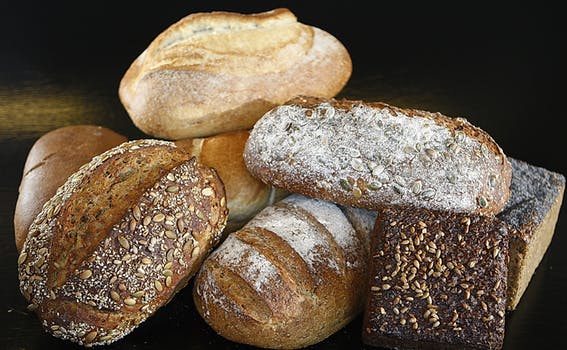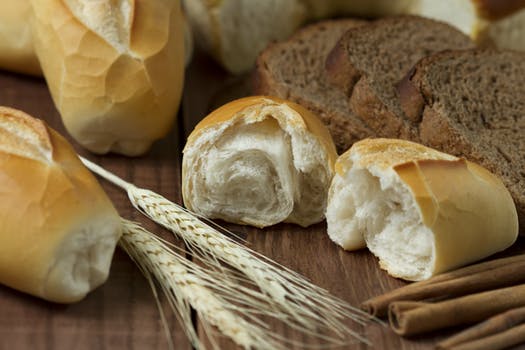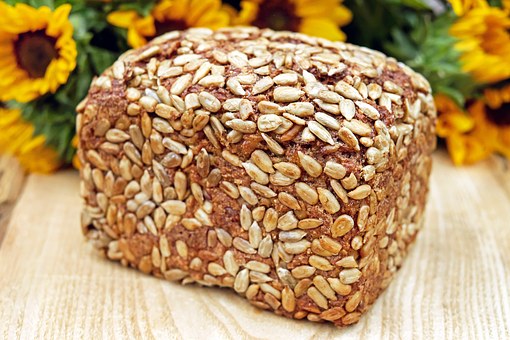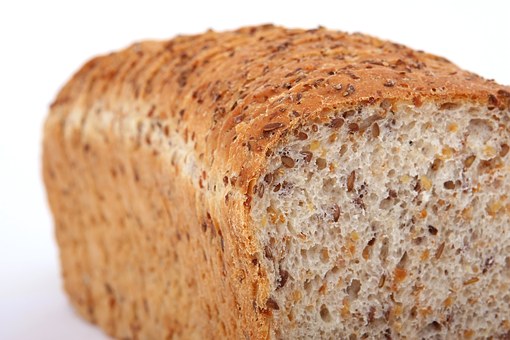
Buying bread can be quite confusing, especially when you’re in the bread aisle at the supermarket or bakery. Choosing between “whole wheat” and “whole grain”. What about “multigrain”? You can find these labels on bread, cereals, and crackers. So which one is best? Let’s have a look at all the different grains.
Refined grains and white bread.
White bread, pasta, rice, or flour are all made from refined grains that have had the germ and bran removed, so you’re missing out on all the health benefits from the fiber and antioxidants. Instead, you’re left with mostly starch. While carbs are not the enemy, refined grains tend to be high on the glycemic index, making your blood sugar levels spike and then fall quickly. That leads to hunger and cravings, so regularly choosing high-GI foods can cause weight gain.

Whole Grain.
Whole grain that has just been harvested from the field has three parts: the bran, which is packed with fiber, B vitamins, and antioxidants; the germ, which has protein, minerals, and healthy fats; and the endosperm, which provides the starch. “Whole grain” means that all three have all been left intact. Watch out for products that say it’s “made with whole grains.” This just means there are some whole grains in the food, but there’s no telling how much. Whole grains, such as amaranth, brown rice, and quinoa, are rich in polyphenols. They are healthier than a refined grain, which has had some of the nutritious parts of the grain removed during processing. The high fiber content of whole-grain bread, rolls, and wraps will keep you full longer and promote a healthy digestive system, both of which can help you manage your weight.

Whole Wheat.
When you see the term “whole wheat” on packaging, it means that all parts of the wheat were left intact. From a nutritional perspective, you can generally consider whole-wheat products to be as healthy as other whole-grain foods. Fiber count and ingredients should also be considered, though.
Wheat Bread.
If the word “whole,” is removed from the front of wheat bread it is then essentially the same thing as white bread because both are made with refined flour. It doesn’t offer a nutritional advantage. Sometimes you may be getting a bit of extra fiber in wheat bread because a small amount of bran has been added back in, but not enough to put this on the level of whole-wheat or whole-grain bread.

Multigrain.
This may sound like the healthiest option, but all “multigrain” really means is that the product has multiple grains in it. This does not mean these grains are whole grains. In fact, it’s usually a mix of refined and unrefined, making this choice less nutritious than 100% whole grain.

Below are 4 tips to keep in mind whilst choosing your bread.
- Read the labels.
- Look at the ingredients.
- Focus on fiber.
- Limit sugar and salt.
When in doubt the best option is 100% wholegrain

